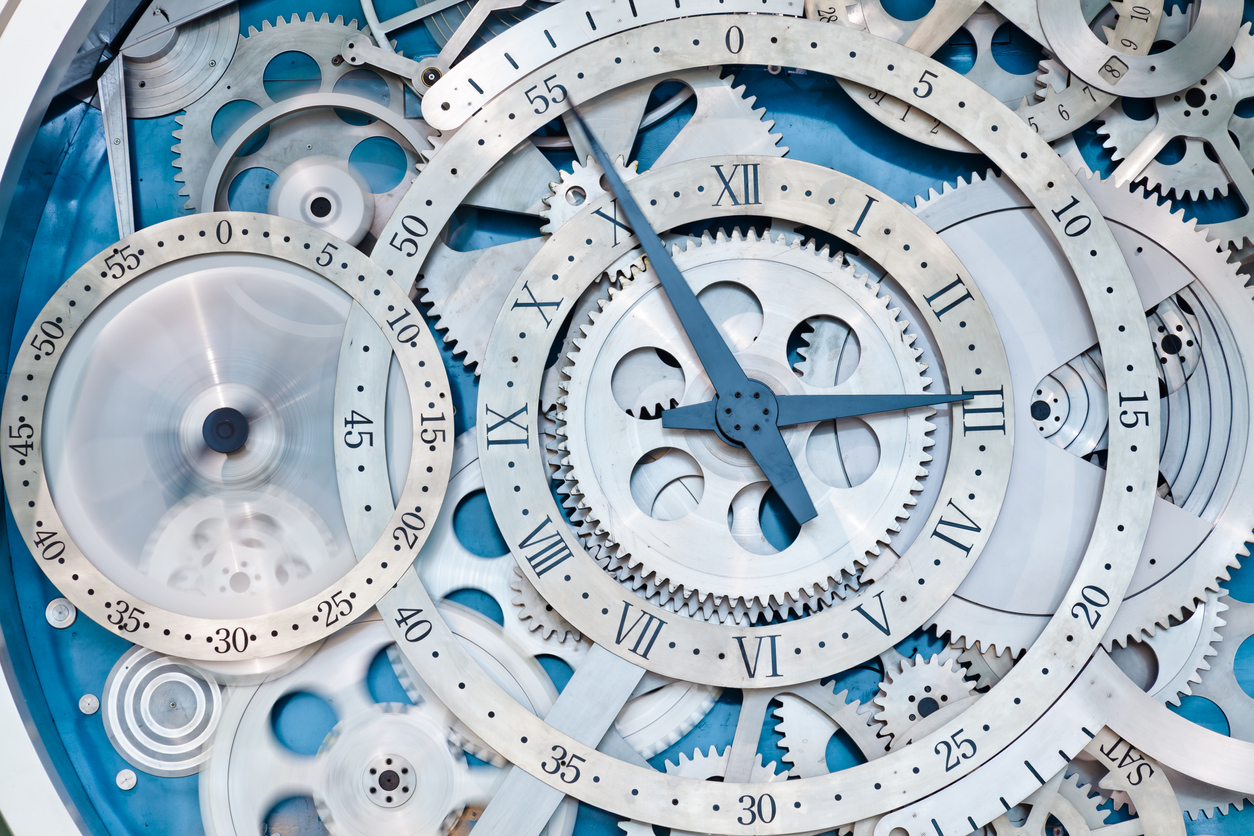It’s a Monday morning and you wake up with your regular 7.00 am alarm. Reminding yourself of an important meeting at 10.00 am, you get out of bed. As soon as you reach the dining room, your coffee maker starts brewing. The coffee is just the way you prefer it, dark with little sugar. You quickly finish your mug and head for a shower. The water is exactly as hot as you like.
Dressed up, you step out of the house, which locks down on its own, switching off the ACs and lights while drawing close all the curtains. Your car drives up to you, the air conditioner is already on and your current favorite track plays on as you settle yourself. The car takes the shortest route to work and on the way reminds you that it is due for regular servicing, while your fridge also sends an alert to visit the supermarket on your way back as you are out of bread and milk.
No, this is not the moment when you wake up from your dream. Although it does seem like a scene from a sci-fi movie, this will be commonplace in the world ruled by the Internet of Things (IoT).
Sensors Everywhere
IoT signifies a concept, wherein all the everyday devices from a refrigerator to a chair, a car to a toothbrush become smart objects. Embedded with built-in sensors, these devices gather data and take action on that data via networks and cloud-based software platforms. In simple terms, these devices become interconnected and have the ability to “talk” to each other. So, when you dismiss your alarm, your coffee maker gets the signal to keep your coffee ready, which further alerts your shower, and so on.
From the business world to transportation systems, retail, manufacturing, and our everyday lives, IoT will soon be used everywhere for making services smarter, better and more efficient. And IoT transforming our world in a big bang way will happen sooner than you think. Sample these findings:
- According to Gartner, businesses are rapidly exploring IoT for facilitating new business models, improving efficiency, and generating new forms of revenue and are on pace to employ 3.1 billion connected things in 2017. 25 billion connected ‘things’ will be in use worldwide by 2020!
- Business Insider states that by 2019, IoT will emerge as the largest device market in the world, more than double the size of the smartphone, PC, tablet, connected car, and the wearable market combined. It is expected to result in $1.7 trillion in value added to the global economy.
IoT meets Big Data
With IoT expected to touch every aspect of our lives in the near future, we cannot ignore the other side of the coin: Big Data. Billions of sensors capturing a massive amount of new, unstructured real-time data would mean the universe of Big Data will get bigger. Enterprises will have a whole new world of data to gather and analyze to be able to deliver new insights and establish new patterns and trends. Consider these examples:
- A manufacturing unit could use insights from IoT for predictive equipment maintenance. Data from machine embedded with sensors could be monitored and matched with its predefined parameters. Any deviation can be easily identified and allows for timely action, preventing a major failure down the line.
- Similarly, retailers can use IoT to personalize customer experience. In a smart store, retailers can analyze store traffic and send a sales personnel to help a particular customer in case the dwell time in an area is high. Retailers can also use location data to target their high-value, loyal customers in real time by offering customized in-store best price offers.
Given the benefits, in the coming future, every industry sector will keenly evaluate ways to capitalize on the enormous amount of data generated with IoT. That said, deriving value from all this data is easier said than done. A gigantic amount of unstructured data will be pouring in every minute, and not all of this will be valuable. Finding actionable information will be the key in this case. This is where data scientists come into the picture. No wonder, data science is repeatedly termed as the sexiest job of the 21st century.
Already high on the demand index, the popularity of qualified data scientists with the ability to sift through this data and find real, meaningful insights will increase multifold in the coming decade. Industry watchers and analysts are emphasizing that the time is ripe for professionals to add an analytics skill set to their resume.






